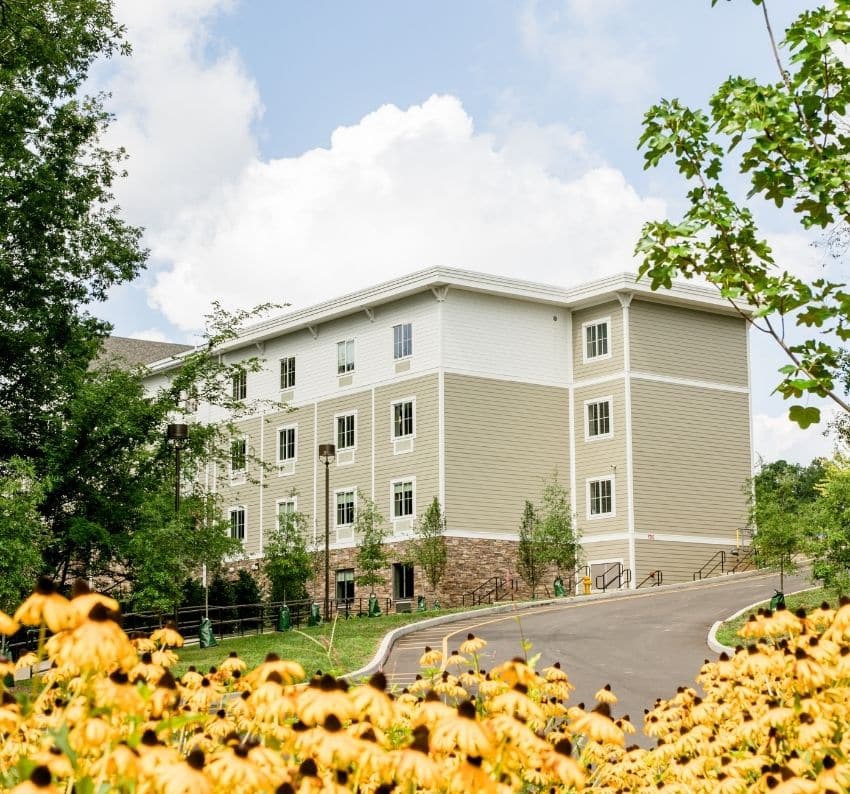Your Recovery Journey Starts Here
Cornerstone of Recovery Admissions
You’ve taken an important step by looking into CORNERSTONE OF RECOVERY

Why Cornerstone?
At Cornerstone, we know life is worth living free of addiction. The only dependency should be on healthy relationships, personal passions, and the will to succeed that keep people going.
We are compassionate professionals dedicated to meeting and treating our patients wherever they are. Cornerstone provides innovative support, programming, and resources at every level of care.
At Cornerstone of Recovery, we strive to be more than a treatment center. We are a recovery community for every stage of the journey.
It All Changes Here.
INSURANCE
We accept insurance plans from most providers, including Blue Cross Blue Shield, United Healthcare, Humana, Aetna, and Veterans Community Care programs. Contact us for a free insurance verification to find out what benefits are available through your plan.





What is a typical day of treatment like?
Our programs generally consist of six and a half days per week of monitored personal time and structured therapy. Patients participate in group and individual therapy sessions. Loved ones will also have the opportunity to participate in family therapy sessions.
Other therapeutic methods may include groups that address specific areas of recovery, spirituality group meetings, adventure-based therapy, and information about chemical dependency. Regular attendance at 12-Step meetings is required.
What should I bring?
- Enough seasonally appropriate clothing for up to one week
- Comfortable clothing and appropriate shoes for adventure-based therapy and exercise (if recommended)
- Appropriate sleepwear
- Music may be listened to via an external speaker. No headphones are allowed.
- Personal toiletries (must be alcohol-free products)
- Prescription medications (if applicable)
- Driver’s license and insurance card (a prescription card if it’s different from your medical insurance card)
- A small amount of money for incidentals – e.g., for a gas fund for outside 12-Step meetings and outings; money for personal food, such as special diet plans
What not to bring
- Any products containing alcohol
- Illegal substances and paraphernalia
- Any clothing or materials that display profanity, alcohol/bar advertising, or drug slogans
- Candles or incense
- Expensive jewelry or excessive cash
- Tanning oils, hair dye, or bleaching products
- Guns or weapons of any kind
- Personal computers
- Headphones
- Exercise equipment
Click here for a complete list of allowed and prohibited items for residential rehab.
Is Cornerstone’s addiction treatment facility accessible to patients and family members who need special accommodation?
Yes. Cornerstone complies with ADA specifications.
I have other questions. How can I get more information?
Patients’ rights
You can be assured of privacy and confidentiality … before, during, and after your treatment at Cornerstone. It’s the law. And it’s a protection we safeguard for each one of our patients. Learn more.
Note: The confidentiality of all information, including patient and family/significant other identity, discovered during participation in any Cornerstone of Recovery program is protected by Federal law and regulations. Cornerstone of Recovery or its program participants may not say to a person outside Cornerstone of Recovery’s program that a patient or family member/significant other has attended the program or disclose any information identifying a patient or family member/significant other unless:
1. the patient/family member/significant other consents in writing as required by Federal regulations;
2. the disclosure is allowed by a court order; or
3. the disclosure is made to medical personnel in a medical emergency.
“I owe my life to God and Cornerstone. They changed my life for the better. I have now been sober for 26 years. Thank you, Cornerstone, for giving me the tools to regain my life.”
RISK ASSESSMENTS
Are you worried that you or a loved one might have a problem with drugs or alcohol? The following Risk Assessment self-tests are created to help you determine whether or not this may be the case. And, of course, if it is, Cornerstone is here to help.

AUDIT

CAGE-AID

CRAFFT
Disclaimer: The results of these self-administered screening tools are not intended to constitute a diagnosis of alcoholism or drug-use disorder. They should be used solely as a guide to understanding your alcohol and/or other drug use and the potential associated health issues. The information provided here cannot substitute for a full evaluation by a health professional.

